Premium Only Content
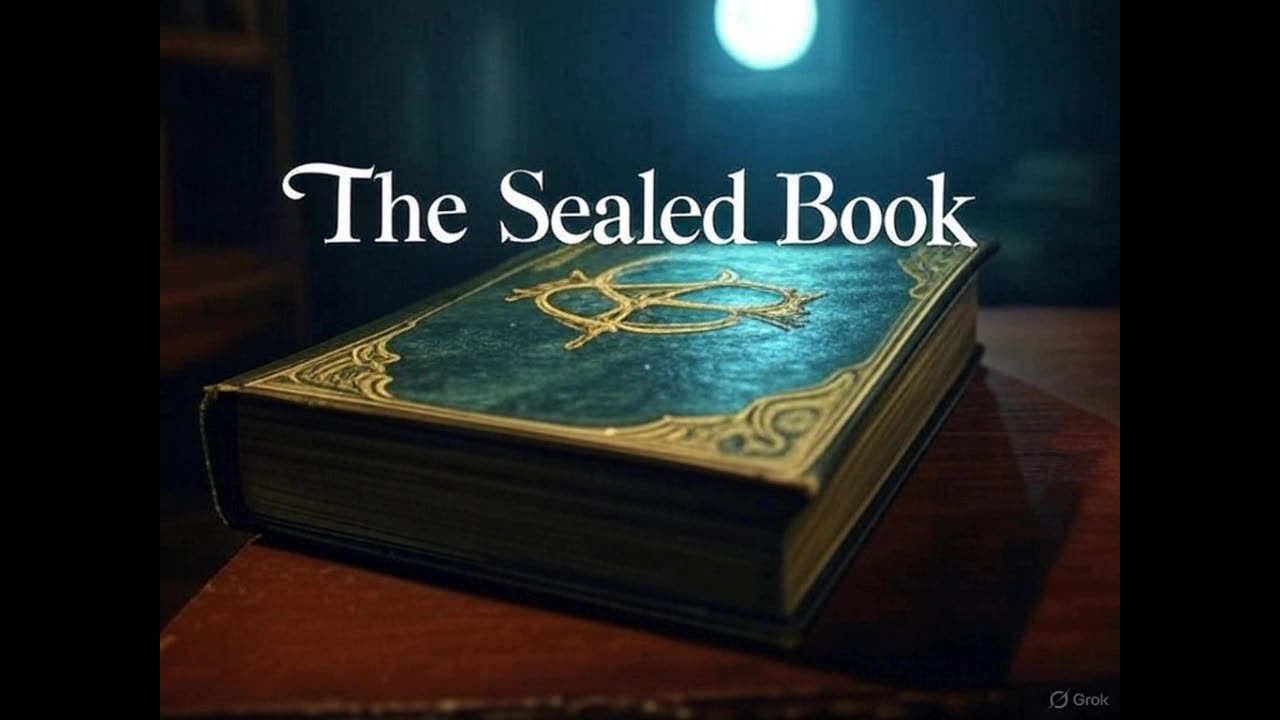
The Sealed Book: King of the World (March 25, 1945)
Setting: A contemporary (1945) setting, likely an American or European city, with scenes in a grand mansion, a secret laboratory, or an isolated castle. The episode uses sound effects like crackling electricity, creaking doors, ominous footsteps, and eerie organ music to create a suspenseful, megalomaniacal atmosphere.
Plot:
Introduction: The episode opens with the sound of a great gong, signaling the start of the tale. Host Philip Clarke, as the “Keeper of the Book,” delivers a dramatic narration, describing how the “mysteriously silent keeper” opens the secret vault containing the great sealed book, which holds “all the secrets and mysteries of mankind through the ages.” He introduces “King of the World,” a “tale of ambition, of madness, of a man who sought to rule the world and the terrible price he paid.”
The Premise: The story centers on a brilliant but unhinged scientist or inventor, possibly named Dr. Victor Lang or a similar archetype, who develops a device or formula granting immense power—perhaps mind control, a superweapon, or a means to manipulate global events. Driven by megalomania, he aims to become the “King of the World,” ruling humanity through fear or domination. The narrative likely begins with Lang unveiling his invention to a skeptical colleague, assistant, or unwitting victim, boasting of his godlike ambitions, with sound effects like buzzing machinery or a sinister laugh setting the tone.
Escalating Horror: As Lang’s plan unfolds, his experiments unleash chaos. The device might backfire, causing supernatural consequences—ghostly voices, visions of apocalyptic destruction, or a malevolent force tied to his invention. Alternatively, his actions draw opposition from a heroic figure (a journalist, detective, or former ally) who uncovers the danger. Scenes likely include Lang’s descent into madness, with rants about world domination, contrasted by tense moments of sabotage or pursuit. Sound effects like crackling electricity, screams, or shattering glass amplify the horror, with the mansion or lab becoming a claustrophobic trap.
Climax and Resolution: The climax features a confrontation between Lang and his opponent, possibly in the heart of his laboratory as the device spirals out of control. The twist, typical of Arthur and Kogan’s scripts, could reveal that Lang’s invention summons a supernatural entity that destroys him, or that his own hubris leads to his downfall—perhaps the device consumes him in a fiery explosion or drives him to insanity. The world is saved, but the cost is high, with a lingering sense of dread. Philip Clarke closes with a moral warning about the perils of unchecked ambition, urging listeners to tune in next week when “the sound of the great gong heralds another strange and exciting tale from… the sealed book.”
Themes: The dangers of hubris and unchecked ambition, the consequences of tampering with forbidden power, and the fragility of human sanity. The episode blends science fiction horror with psychological suspense, reflecting 1940s fears of scientific overreach and tyrannical power.
Cast and Roles:
Dr. Victor Lang (or similar): Played by an unnamed actor, likely a Mutual Network regular, portraying the megalomaniacal scientist with a commanding yet unhinged tone, shifting from arrogance to desperation as his plan unravels.
Opponent/Ally: Played by an unnamed actor, depicting a heroic journalist, detective, or assistant with a determined, courageous voice, serving as the foil to Lang’s madness.
Supporting Characters: An ensemble of unnamed actors, possibly including:
Assistant/Colleague: A nervous or complicit figure, voiced with anxiety or awe, aiding or betraying Lang.
Minor Roles: Victims, henchmen, or supernatural voices, voiced by the ensemble to add chaos or eerie ambiance.
Host/Narrator (Keeper of the Book): Philip Clarke, delivering the opening and closing narrations with a melodramatic, foreboding tone, framing the story’s horror and moral lesson.
Note on Cast: The Sealed Book rarely credited actors beyond Clarke, relying on New York-based radio talent shared with The Mysterious Traveler. Performances were exaggerated, with “hammy” acting suited to the series’ pulpy, sensational style.
Production Details:
Music: Eerie organ music, likely composed by Mutual’s in-house musicians, opens and closes the episode, with suspenseful stings accentuating dramatic moments. The score enhances the gothic, science fiction horror mood, similar to Inner Sanctum Mysteries.
Writers: Robert Arthur Jr. and David Kogan, known for The Mysterious Traveler, crafting a tale blending science fiction, horror, and supernatural twists, likely recycled from their earlier scripts.
Producer/Director: Jock MacGregor, ensuring the episode’s tight 30-minute pacing and immersive sound design, a hallmark of Mutual’s mystery series.
Sound Effects: Critical to the episode, including crackling electricity, creaking doors, ominous footsteps, buzzing machinery, screams, or shattering glass, creating a vivid, chaotic atmosphere. Supernatural elements might be suggested by ghostly whispers or rumbling sounds.
Sponsor: None, as The Sealed Book was a sustaining program, airing late Sundays on Mutual stations, supported by the network’s commitment to dramatic programming.
World and National Events Around March 25, 1945:
To provide context for the broadcast, here are key world and national events occurring in late March 1945, reflecting the intense wartime climate that shaped listeners’ perspectives:
World Events:
World War II – European Theater: The Allies were tightening their grip on Nazi Germany. By late March, the Rhine crossings expanded, with Operation Plunder (March 23–27) seeing British and Canadian forces cross the Rhine, while U.S. troops advanced from Remagen. The March 22–23 bombing of Hildesheim devastated German infrastructure, with radio news reporting Germany’s collapse as imminent.
Pacific Theater: The Battle of Iwo Jima (February 19–March 26, 1945) concluded, with U.S. Marines securing the island by March 26 at a cost of nearly 7,000 U.S. deaths. Radio and newspapers highlighted the victory’s strategic importance, while the upcoming Okinawa invasion (April 1) loomed, intensifying focus on the Pacific war.
Holocaust Revelations: Allied liberations of Nazi concentration camps continued, with Buchenwald (liberated April 11) nearing freedom. By late March, early reports of atrocities reached the U.S., with radio broadcasts conveying outrage and urgency to end the war, though the Holocaust’s full scope was still emerging.
Post-War Planning: The Yalta Conference (February 4–11) agreements shaped diplomatic news, with the United Nations Conference in San Francisco (set for April 25) being planned to establish a new world order. Radio emphasized Roosevelt’s peace vision, though U.S.-Soviet tensions grew over Eastern Europe.
National Events:
War Mobilization: The U.S. war effort was at its peak, with rationing of gas, food, and clothing ongoing. War bond drives, heavily promoted on radio, urged civilian support, while factories produced munitions at record rates, a focus of national pride.
Japanese American Incarceration: By March 1945, some Japanese Americans were returning home after the December 1944 Supreme Court ruling against internment, but many remained in camps like Tule Lake. Radio and press debates reflected shifting public views on the policy amid war’s end.
Entertainment and Morale: Hollywood and radio boosted morale. Films like A Tree Grows in Brooklyn (February 1945) and The Picture of Dorian Gray (March 1) were popular, while radio shows like The Jack Benny Program and Amos ‘n’ Andy mixed humor with patriotic appeals. The Sealed Book’s horror offered escapism from war’s stress.
Sports and Culture: The 1945 NCAA basketball tournament (March 22–27) saw Oklahoma A&M win, offering a distraction. Frank Sinatra’s popularity soared, with hits like “Saturday Night (Is the Loneliest Night of the Week)” dominating airwaves, reflecting the era’s vibrant music scene.
Cultural Context: Aired in the final months of World War II, “King of the World” resonated with American listeners by tapping into fears of unchecked power and scientific overreach, mirroring concerns about Axis leaders like Hitler and the atomic age’s dawn. The episode’s megalomaniacal villain echoed wartime narratives of defeating tyranny, offering catharsis as the U.S. anticipated victory in Europe and the Pacific. Its science fiction horror, rooted in pulp traditions, aligned with 1940s fascination with mad scientists, seen in films like Frankenstein sequels. The late Sunday slot, typically for lighter fare, made The Sealed Book’s dark tales a bold draw for thrill-seekers nationwide, with its Mysterious Traveler connection ensuring appeal for horror radio fans.
-
 LIVE
LIVE
TimcastIRL
39 minutes agoTrump To Deploy National Guard To Chicago, Federal TAKEOVER Begins | Timcast IRL
21,336 watching -
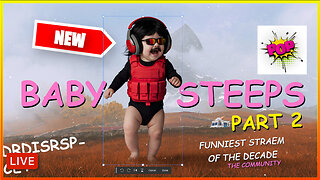 LIVE
LIVE
Dr Disrespect
9 hours ago🔴LIVE - DR DISRESPECT - BABY STEPS - TO THE TIPPITY TOP
1,604 watching -
 LIVE
LIVE
Nikko Ortiz
2 hours agoArena Breakout Better Than Tarkov? - Rumble LIVE
299 watching -
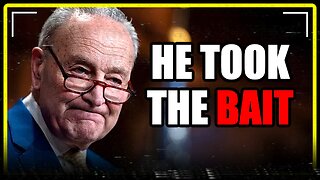 35:44
35:44
MattMorseTV
1 hour ago🔴Schumer just WALKED INTO Trump's TRAP.🔴
1.29K20 -
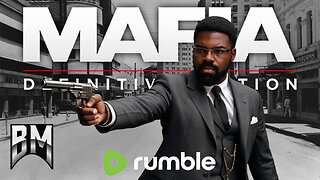 LIVE
LIVE
BubbaMatt
11 hours agoMafia Definitive Edition Playthrough - Part 5
70 watching -
 51:25
51:25
Donald Trump Jr.
2 hours agoAmerica First in Action, All the Latest News | TRIGGERED Ep.278
94.1K98 -
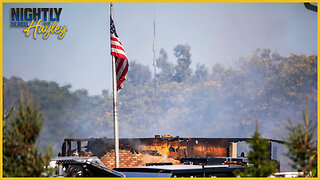 1:02:48
1:02:48
BonginoReport
4 hours agoChristianity Is Under Attack - Nightly Scroll w/ Hayley Caronia (Ep.144)
39.1K48 -
![Hollow Knight: Silksong - Steel Soul [Permadeath]](https://1a-1791.com/video/fwe2/75/s8/1/e/u/w/m/euwmz.0kob-small-Hollow-Knight-Silksong-Stee.jpg) LIVE
LIVE
JdaDelete
1 hour agoHollow Knight: Silksong - Steel Soul [Permadeath]
41 watching -
 LIVE
LIVE
FLRG
1 hour agoFLRG LIVE ROAD TO 2015 FOLLOWERS
48 watching -
 1:05:10
1:05:10
The Nick DiPaolo Show Channel
5 hours agoKirk Assassination Theories Abound! | The Nick Di Paolo Show #1795
27.4K27